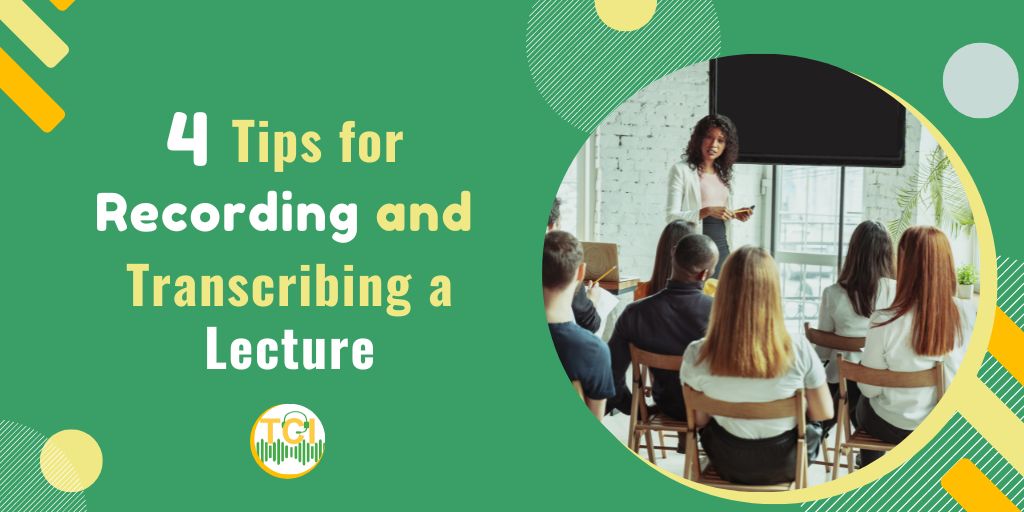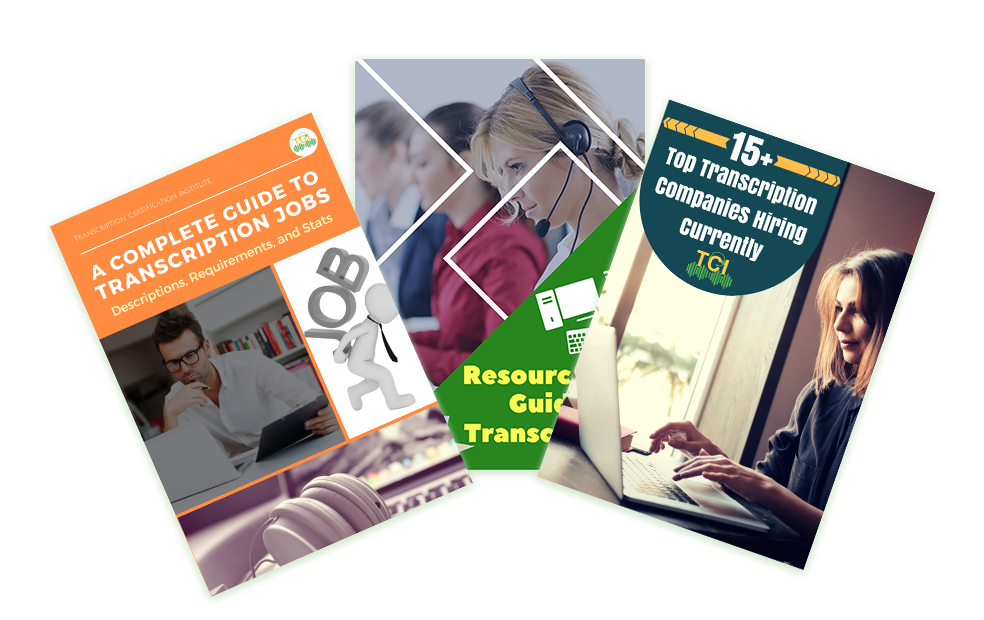
Recording and transcribing lectures have become essential in education and beyond, especially now that learning has become highly digital. Sentiments on lecture recordings are usually positive; they’re inclusive for those with disabilities or illnesses which prevent them from attending the lecture. They’ve been linked to enhanced learning experiences and make reviewing lessons easier. Recordings and transcripts also capture all of the lecturer’s insights, usually word-for-word, as opposed to interviews where the conversation is guided or taking notes that don’t capture every thought. When recording and transcribing a lecture, here are some tips to make it easier:
It’s best to ask permission from the speaker to record a lecture. There may be policies they must follow, or they could have personal preferences about recording. It can also be rude or invasive to record without consent, so asking beforehand can prevent you from getting into any issues.
Inform the professor or speaker of your intended use for the recording, and let them know how you plan to do so. This can make them feel more comfortable with being recorded, and they will be more willing to allow it.
When recording a lecture, you’ll want to ensure you’re doing so most effectively and conveniently. Your recording tools should be high quality if you want good audio, but it will usually depend on where the lecture is held.
If your lecture is online, such as through platforms like Zoom, these applications usually come with recording features so you can save the meeting to your computer or device. The video and audio will be saved directly to your hard drive; you can also save it to the cloud if the app has a cloud recording function and is enabled.
Smartphones can be used for in-person lectures, and they can be placed closer to the speaker rather than using a laptop microphone. A recording app is usually built-in, but other apps have voice-to-text features that can help transcribe; determine whether you trust the app’s accuracy enough to use it confidently. External microphones provide superb audio quality with minimal background noise, but they’re an extra piece of equipment to bring around and might make the speaker feel awkward. Depending on the situation, try to figure out which device would be most appropriate to use.
A lecture can take some time to transcribe, so it helps to divide and work on it in parts to make it easier to deal with. The outline note-taking method provides a clear hierarchy of information, creating a logical structure in your notes so you can identify the importance of each piece of information you record.
Start with more general topics on the left of your page, and indent the more specific and relevant information to the right. You can also choose to separate thoughts numerically or through bullet points to make the outline easier to digest. It helps organize the lecture’s points and makes transcribing easier, so you know which topics were covered. Take notes in chronological order or indicate which times specific points appear in the recording, so you don’t have to keep scrubbing through it.
Lectures may follow a structure or flow, but since they’re usually unscripted, you’re bound to hear a lot of filler words or speech behaviors that may not be helpful for the transcript. You can choose to do a verbatim transcription or clean transcription. Verbatim transcription copies or quotes the lecture word-for-word, but different types differ in how much of the actual lecture is transcribed.
Clean or intelligent verbatim transcription captures the words precisely without fillers like pauses, false starts, and additional language. Verbatim transcription also deals with the exact speech without filler words and stutters, but it includes false starts and errors. On the other hand, accurate or full verbatim transcription notes every detail and error. You can use clean lecture transcription if you only want the necessary information. Should you desire more accuracy, you can use verbatim just in case any details can further contribute to and enrich the lecture.
Your TRANSCRIPTION CAREER CAPSULE to Help You BOOST Your Potential
Latest Industry News, Jobs, Tips and More..

Comments are closed